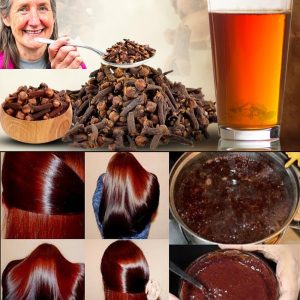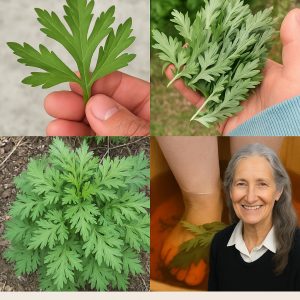1. Introduction to Greater Burdock Root
Greater burdock root (Arctium lappa) is a plant traditionally used in herbal medicine across Asia and Europe. Known for its deep roots and prickly seed heads, burdock has been valued for centuries for its potential health benefits. In recent years, it has gained attention for its possible role in supporting cancer treatment, thanks to its rich composition of antioxidants, anti-inflammatory compounds, and detoxifying agents.
2. Antioxidant and Anti-Inflammatory Properties
One of the most compelling reasons researchers are exploring burdock root in cancer care is its potent antioxidant profile. The root contains quercetin, luteolin, and phenolic acids, which help neutralize free radicals that can damage cells and contribute to cancer development. Its anti-inflammatory effects may also support the body during conventional treatments like chemotherapy or radiation, which often trigger inflammation in healthy tissues.
3. Detoxification and Immune Support
Burdock root is known for its ability to support liver health and detoxification, key factors in maintaining overall wellness during cancer treatment. By promoting the elimination of toxins and supporting the immune system, burdock may help the body better cope with the side effects of treatment. Its prebiotic fiber content also nourishes beneficial gut bacteria, which play a critical role in immune response and inflammation control.
4. Caution and Consultation
While the potential benefits of greater burdock root are promising, it’s important to approach its use with caution. Herbal remedies can interact with medications or affect treatment outcomes. Anyone considering burdock root as a complementary therapy should consult with a healthcare provider or oncologist first. Ongoing research continues to uncover more about this powerful plant, but it should be viewed as a supportive, not standalone, approach to cancer care.


